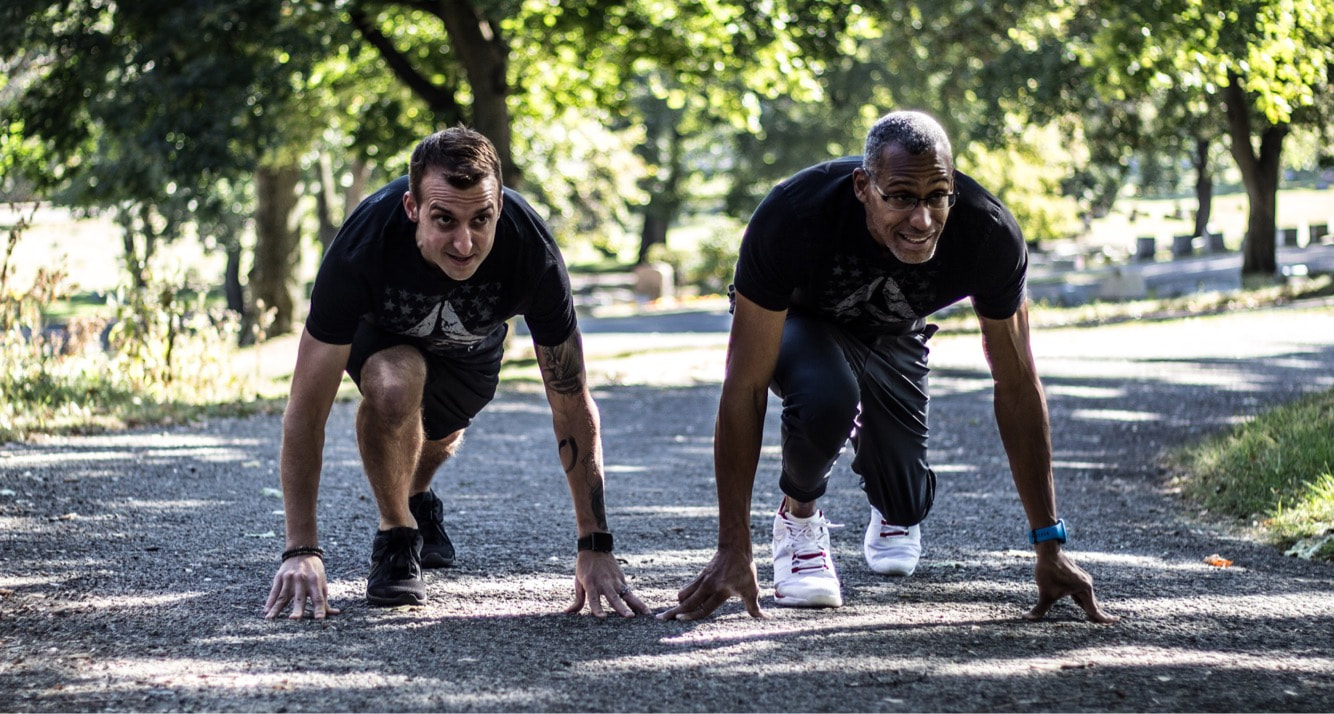|
Contributed by Sheila Johnson  A yoga practice can help you live your best life. Keep reading and enjoy a healthier new you, one pose at a time — even if you’ve chosen to stay close to home until the global health crisis subsides. How Yoga Can Help Yoga offers many benefits for everyone. However, for those of us fighting the beast that is type 2 diabetes, its benefits are tenfold. Not only can it improve your emotional well-being, but yoga can also lower your blood pressure, according to health experts. These two factors, combined with other lifestyle perks of yoga, are known to significantly improve your quality of life. How To Practice At Home
Whether you’ve been practicing for years or are just getting started, your yoga space matters. If you’ve been stuck inside for the last few months, consider refreshing your home, which can relieve tension and give you a more relaxing environment to practice. As an added benefit, doing things like cleaning and opening the windows may reduce tension. If your family has been on pins and needles and critical of everything, a few positive-energy-boosting touches will go a long way. Once the proverbial – and literal – air is clear, it’s time to assemble your yoga studio tools. A smart sensor mat is an excellent addition to your yoga arsenal and is arguably just as good as having a personal yoga instructor in your home. You can also utilize yoga videos and apps to get you started, which is particularly helpful if you are new to the practice. If you’re running apps or viewing videos on your tablet or smartphone, make sure your device has enough memory and capability. If you’re working with an advanced-age device, check in with your provider to see if they offer special trade-in deals on new phones and tablets so you can save. What you wear is also important, and yoga clothing that is unrestrictive is best. Your yoga studio should also be outfitted with a matte bag, towels, and a yoga strap. A yoga block and yoga blanket will also come in handy, especially as you progress in your practice. Time To Stretch The BasilPark Fitness blog suggests starting out with two or three 30-minute yoga sessions each week. But you can reap the rewards of yoga in as little as 10 minutes each morning. No matter how long you choose to practice, consistency is key. Most experts recommend the early morning hours, while traditionalists cite 5 AM as the ideal time to begin. Do what works for you. Practice at a time when you will enjoy the best benefits. This might not be in the morning. Some people find that a nighttime yoga session helps them relax and fall into a deep sleep, while others are re-energized with a lunch pose or two. Diabetes is a powerful adversary, but healthy lifestyle changes are your greatest ally in the fight against this very aggressive enemy. It does not matter if you’ve been practicing your entire life or are just discovering yoga in the midst of quarantine. With the right mindset and tools and consistency, your yoga practice can become a habit and improve your life one stretch at a time. Remember, every positive lifestyle choice you make now will only enhance your wellness as you continue to take control of your life with diabetes.
1 Comment
Donna M Klinge
2/19/2021 04:39:57 pm
I started yoga many years ago. I use it at least 3 times a week to stretch after my outdoor cardio. I also do pranayama and yoga niedra several times a week. It all helps.
Reply
Leave a Reply. |
Click to set custom HTML
AuthorKen Presutti is a certified ChiRunning instructor, ACE Personal trainer, Spinning instructor, and coach. This blog is a mix of new articles and posts from his original blog, Overkill is Underrated. Archives
November 2022
Categories
All
|

 RSS Feed
RSS Feed
